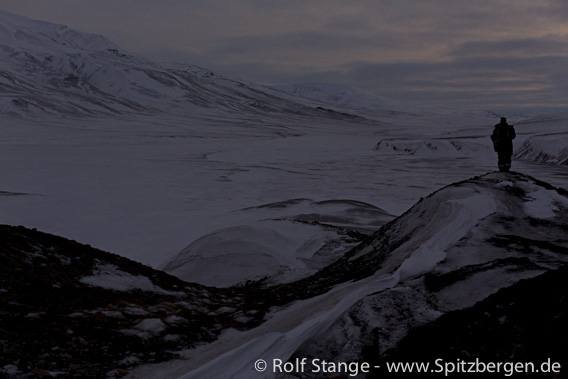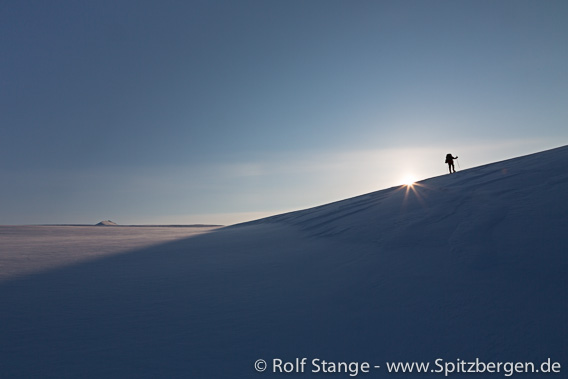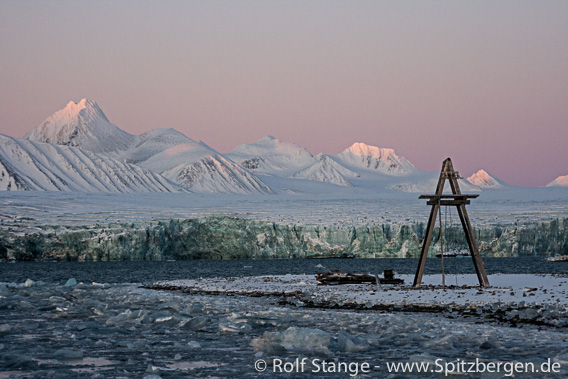-
current
recommendations- Liefdefjord
New page dedicated to one of Spitsbergen's most beautiful fjords. Background information and many photos.

- New Spitsbergen guidebook
The new edition of my Spitsbergen guidebook is out and available now!

- Liefdefjord
New page dedicated to one of Spitsbergen's most beautiful fjords. Background information and many photos.
Seitenstruktur
-
Spitsbergen-News
- Select Month
- April 2024
- March 2024
- February 2024
- January 2024
- December 2023
- November 2023
- October 2023
- September 2023
- August 2023
- July 2023
- June 2023
- May 2023
- April 2023
- March 2023
- February 2023
- January 2023
- December 2022
- November 2022
- October 2022
- September 2022
- August 2022
- July 2022
- June 2022
- May 2022
- April 2022
- March 2022
- February 2022
- January 2022
- December 2021
- November 2021
- October 2021
- September 2021
- August 2021
- July 2021
- June 2021
- May 2021
- April 2021
- March 2021
- February 2021
- January 2021
- December 2020
- November 2020
- October 2020
- September 2020
- August 2020
- July 2020
- June 2020
- May 2020
- April 2020
- March 2020
- February 2020
- January 2020
- December 2019
- November 2019
- October 2019
- September 2019
- August 2019
- July 2019
- June 2019
- May 2019
- April 2019
- March 2019
- February 2019
- January 2019
- December 2018
- November 2018
- October 2018
- September 2018
- August 2018
- July 2018
- June 2018
- May 2018
- April 2018
- March 2018
- February 2018
- January 2018
- December 2017
- November 2017
- October 2017
- September 2017
- August 2017
- July 2017
- June 2017
- May 2017
- April 2017
- March 2017
- February 2017
- January 2017
- December 2016
- November 2016
- October 2016
- September 2016
- August 2016
- July 2016
- June 2016
- May 2016
- April 2016
- March 2016
- February 2016
- January 2016
- December 2015
- November 2015
- October 2015
- September 2015
- August 2015
- July 2015
- June 2015
- May 2015
- April 2015
- March 2015
- February 2015
- January 2015
- December 2014
- November 2014
- October 2014
- September 2014
- August 2014
- July 2014
- June 2014
- May 2014
- April 2014
- March 2014
- February 2014
- January 2014
- December 2013
- November 2013
- October 2013
- September 2013
- August 2013
- July 2013
- June 2013
- May 2013
- April 2013
- March 2013
- February 2013
- January 2013
- December 2012
- November 2012
- October 2012
- September 2012
- August 2012
- July 2012
- June 2012
- May 2012
- April 2012
- March 2012
- February 2012
- January 2012
- December 2011
- November 2011
- October 2011
- September 2011
- August 2011
- May 2011
- April 2011
- March 2011
- February 2011
- January 2011
- December 2010
- November 2010
- September 2010
- August 2010
- July 2010
- June 2010
- May 2010
- April 2010
- March 2010
- February 2010
- November 2009
- October 2009
- August 2009
- July 2009
- June 2009
- May 2009
- April 2009
- March 2009
- February 2009
- January 2009
- December 2008
- November 2008
- October 2008
- August 2008
- July 2008
- June 2008
- May 2008
- April 2008
- March 2008
- February 2008
- April 2000
- Select Month
-
weather information

| THE Spitsbergen guidebook |
Home → Spitsbergen information → Midnight sun and polar night
Midnight sun and polar night
In the polar areas, we are talking about a seasonal climate, in contrast to the time of day climate in lower latitudes, where temperature variations between day and night are more pronounced than between different seasons. See also when to travel.
For more, detailed information: the Guidebook Spitsbergen-Svalbard

In Isfjord, the sun remains below the horizon from October 26 to February 15. The dates will vary a bit depending on your exact position and the actual temperature layering of the atmosphere: in case of cold bottom layers overlain by warmer air masses higher up, the thermocline (the layer with the abrupt temperature change) will act as a mirror, making the sun visible even when it is actually just under the horizon. As a result, the polar night may appear a couple of days shorter than it actually is, astronomically.

Polar night in Adventdalen near Longyearbyen. The photo appears less dark than reality. 07th January shortly after 1300 hours, 8 sec. exposure time, f 4.0, ISO 800.
We are talking about the polar night in a stricter sense when the sun is at least 6 degrees below the horizon. In Longyearbyen, this is the case from November 11 to January 30. The whole period from October 26 to February 15, when the sun is under the horizon, but less than 6 degrees at times, is called the dark period (mørketiden).

Polar night in Bjørndalen. Also this photo appears brighter than reality. Light sources: the full moon, a hut and Barentsburg outside the photo on the right side in the distance. Early January evening. 15 sec., f 5.0, ISO 1600.
It depends very much on the weather at any given time what the polar night looks like. The range of options is from pitch black when it is cloudy to surprisingly bright when it is clear and the moon or a northern light provide some light. Then, it is possible to move around in the field, to some degree and with care. You just have to imagine a winter night in open, snow-covered terrain at home to get an idea. You can actually get examples for almost all sunlight situations that you may experience in the high arctic also in mid latitudes: all you have to do is to find a time of day, which will in any case be more or less close to sunrise or sunset, that corresponds to a given season in Spitsbergen. This way, you can get, at least for a few moments, an idea of the light that you may have in Spitsbergen for hours, days or even weeks.

Polar night and some northern light in Adventdalen, not far from Longyearbyen. Also here, the photo appears brighter than reality. Early January evening, 5 sec., f 3.2, ISO 1600.
From mid November to mid January, the weeks around the winter solstice, you don’t see any sunlight at all: real polar night, the sun is 6 degrees ore more below the horizon. On fine, clear days, you may see the faint silhouette of mountain tops on the southern horizon, getting more pronounced in early January. Towards mid January, you can speak about twilight during mid-day. The twilight period is getting longer, and when the sun appears above the horizon on February 15, you have already got several hours of light both morning and afternoon. It is the kind of light you have in lower latitudes just after the sunset. When you can actually see the sun depends obviously on the terrain near your location. In Longyearbyen, the sun will come up above the mountains on the southern horizon on 08 March.
The days are quickly getting longer now, and the spring equinox will bring a normal rhythm of day and night, but the sun will never be far from the horizon, a fact that can result in stunning light that may last for hours. It is amazing how quickly the light and the duration of the sun above the horizon are changing from day to day in late March and early April.

Return of the sun in March.
On April 20, the midnight sun comes back to Isfjord: the morning of the polar day. In late April, there is no such thing as twilight anymore. In May and June, the sun is above the horizon all the time, making the light sometimes a bit boring for photographers.

Tundra in Adventdalen, late May.
The maximum amount of daylight is around the summer solstice in late June. In mid July, the light is getting a bit warmer again during the “night”, when the sun is slowly approaching the horizon again, but it won’t be before August 20 that it actually goes down for the first time for a few minutes.

The evening light comes back in mid August. Icebergs and glacier front. Negribreen, Storfjord.
Similar late March and April, just the other way around, the days are getting rapidly shorter: it is just one month from the evening of the polar day on August 20 to the autumn equinox on September 23. Now, you are suddenly back to a daily change between day and night, as you know it from lower latitudes, but with much longer periods of twilight. These seasons of change can provide beautiful and stunning light.

Evening light on Moffen, mid September.
In October, darkness and twilight are quickly getting longer, limiting daylight to an increasingly shorter period around noon, before the dark period is coming back on October 26. Now it is not long anymore until the darkness of the polar night comes.
By the way, polar night and midnight sun are slightly different in Arctic and Antarctic, not just out of phase but actually different in length, in contrast to what one might expect. Read more about this here: Polar night, polar day (spitsbergen-svalbard.com news and stories, February 2014).

Final daylight in late October. Fridtjovbreen, Bellsund.
BOOKS, CALENDAR, POSTCARDS AND MORE
This and other publishing products of the Spitsbergen publishing house in the Spitsbergen-Shop.
last modification: 2021-03-13 ·
copyright: Rolf Stange



































